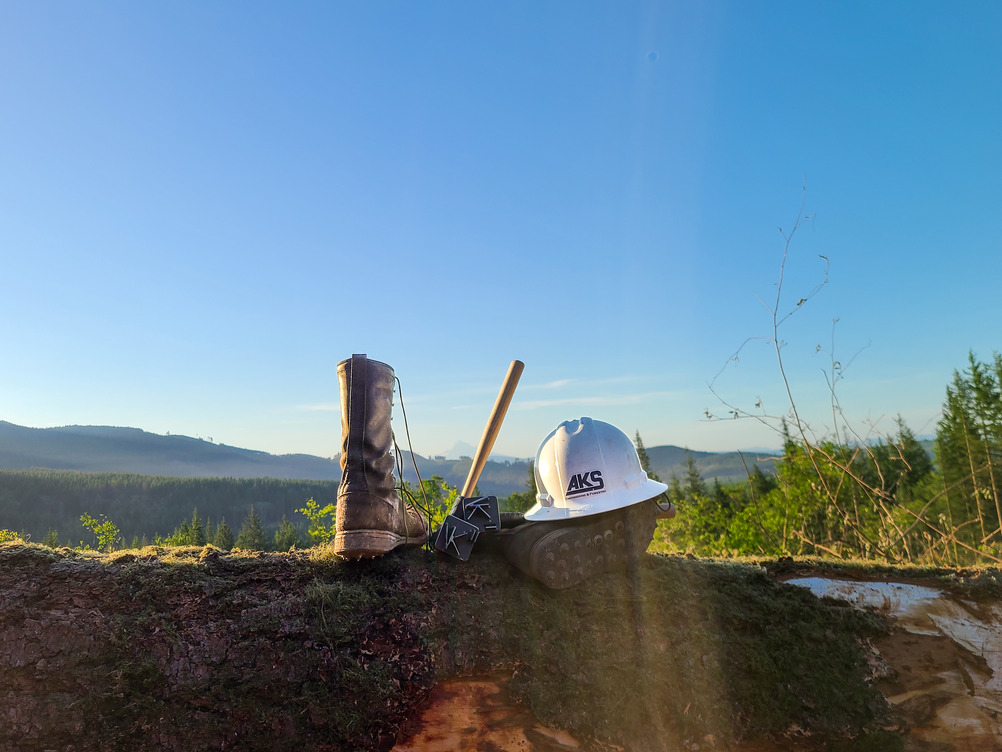Boulder & Jones Creek
Since 2012, we have collaborated with the City of Camas to develop and execute a 40-year forest management plan to preserve and safeguard the City’s Jones and Boulder Creeks watershed. We worked with City staff to develop a proactive strategy to achieve the City’s primary goals. These goals include protecting water resources, maintaining water quality, establishing a permanent access network via well-designed forest roads for operational purposes, enhancing forest health, and generating regular income by selling wood products. In October 2022, the Nakia Creek fire affected the area, and our commitment to the City extended beyond routine activities. We seamlessly integrated 500 acres of post-fire salvage sales into our ongoing effort to assist the community. This was necessary as burned trees only hold merchantable value for a limited time. We also have service contracts in place to reforest this salvaged area.



